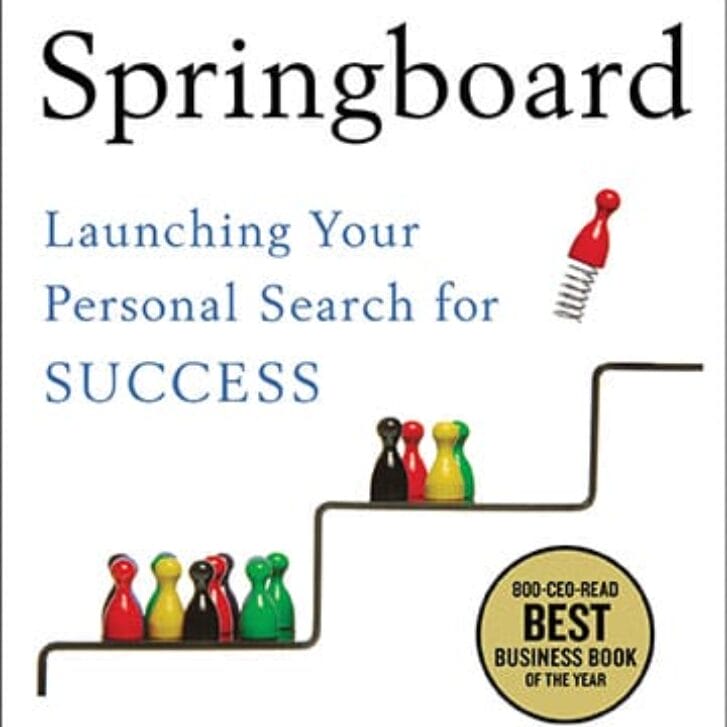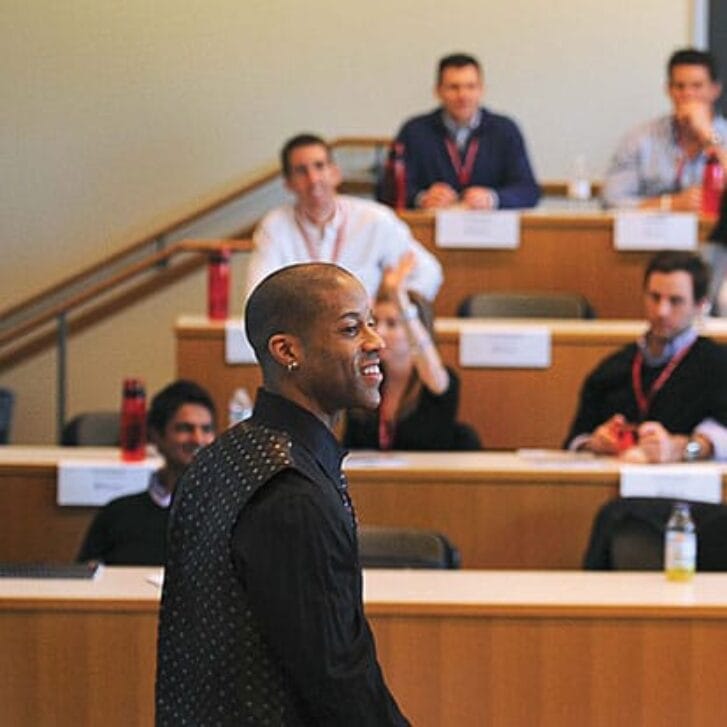Employees aren’t as attentive to their work, as satisfied by their jobs, or as committed to their companies’ goals as you might think. And that dearth of engagement is costly to businesses, according to management department chair and David Pottruck professor Nancy Rothbard. In a condensed whiteboard version of her lecture “Leading in the 21st Century: Engaging Hearts and Minds,” she outlines ways for supervisors to encourage and increase workplace engagement.
For context, Rothbard points to Gallup surveys revealing that only 30 percent of employees in the U.S. say they’re actively engaged at work, which accounts for up to a $550 billion loss in productivity annually.
Engagement, she says, has two qualities: attention and absorption. Attention is how much mindshare you apply to a task: “You’re focused on doing your job; you’re not thinking about lunch,” says Rothbard. Absorption is when you’re so immersed in what you’re doing that you can’t be distracted—even if, say, your supervisor shows up at your desk.
While it may seem that attention and absorption are on a continuum, Rothbard’s research has found that supervisors tend to see the two qualities differently. Attentive people are focused but are also aware of their surroundings. Absorbed people are “in the zone” and often less aware of what’s going on around them. It turns out that supervisors may perceive attentive people as more engaged and absorbed people as less engaged. If you’re sitting at your computer and never look up, your supervisor may assume you’re not engaged and therefore not a good performer.
But that’s not the case, Rothbard says, citing research from one of her studies in the insurance industry. Claims adjusters were asked how engaged they were in their work; Rothbard then looked at random samples of those adjusters’ claims. It turned out that adjusters who self-identified as absorbed were deemed less engaged by their supervisors but were the most productive.
Engaging employees is a two-pronged process, says Rothbard: “It’s not just about helping and inspiring, but also about removing distractions. If people are distracted, they can’t focus.” After a Harvard study found that workplace output dropped when people were interrupting each other frequently, some employers began to devote parts of the day to “quiet time.” The result? More productivity. —Louis Greenstein
Published as “At the Whiteboard With Nancy Rothbard” in the Spring/Summer 2017 issue of Wharton Magazine.


























